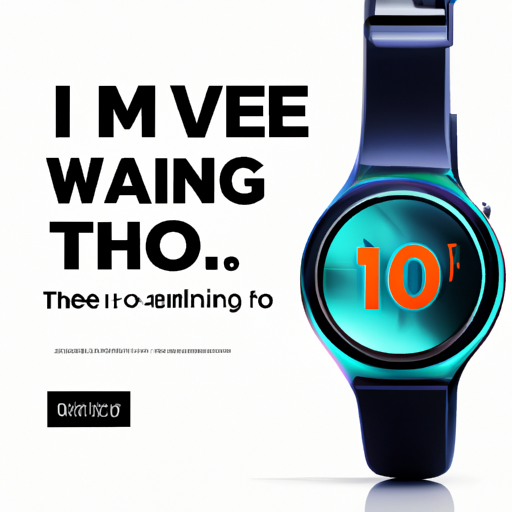Discovering the Huawei Kirin 9000S Chipset: Breaking Boundaries
Surprising the world with its announcement, the Huawei Mate 60 Pro quietly made its debut without the usual launch event we've come to expect from Huawei products. What's really fascinating about this release is the inclusion of the Huawei Kirin 9000S chipset, which has sparked a lot of interest.
 Get a Free Speed Boost on Your Internet Connection: The One Surprising Trick Virgin Media Users Need to Try Now
Get a Free Speed Boost on Your Internet Connection: The One Surprising Trick Virgin Media Users Need to Try NowIntroducing Huawei Kirin 9000S: A Breakthrough Amidst Sanctions
Following the U.S. sanctions, Huawei faced significant limitations when it came to the components it could use in its smartphones. The most critical setback was the restriction on chipmaking tools necessary for 5G connectivity. As a result, Huawei had to rely on less advanced SoCs with only 4G capabilities. However, the introduction of the Kirin 9000S chipset has marked a triumphant return for Huawei.
Within a week of its official launch, the Huawei Mate 60 series has already sold over a million units, and it is projected to reach 12 million units for the Mate 60 Pro alone.
 Is your Wi-Fi speed being murdered? The common mistake all BT broadband users must check today
Is your Wi-Fi speed being murdered? The common mistake all BT broadband users must check todayThe Manufacturer of Huawei HiSilicon Kirin 9000S Chip
Since Huawei is prohibited from collaborating with TSMC, it turned to SMIC, a Chinese chip manufacturer, to produce the Kirin 9000S chipset. TechInsights reported that SMIC employed a 7nm (N+2) process for fabricating this advanced chipset.
The Kirin 9000S chip measures 107 mm square, making it slightly larger than TSMC's 5nm chips that measure 105 mm square. Notably, the Kirin 9000S chipset possesses larger critical dimensions, which significantly impact its overall electrical properties.
 A Disturbing Bug in a Popular Android App Has Led Google to Take Drastic Action: Check Your Phone Now!
A Disturbing Bug in a Popular Android App Has Led Google to Take Drastic Action: Check Your Phone Now!Breaking the Barriers: Huawei Kirin 9000S and 5G Connectivity
While Huawei has not made any official statements regarding the Kirin 9000S's support for 5G connectivity, the confusion regarding this aspect still lingers. Nonetheless, the new chipset does bring satellite connectivity to the recently released Huawei Mate 60 Pro, as the world's first commercial phone with satellite calling.
The Architecture and Specifications
 Phones LTD Offers Samsung S23 Ultra EE Deals with Complimentary Galaxy Watch5
Phones LTD Offers Samsung S23 Ultra EE Deals with Complimentary Galaxy Watch5The Huawei Kirin 9000S is an ARM-based chipset. However, Huawei has taken a unique approach by incorporating custom cores such as Samsung's Mongoose, deviating from the default ARM cores. With eight cores, the chipset also supports hyper-threading, enabling up to 12 threads. This pioneering feature positions the HiSilicon chip as the first ARM chip supporting CPU hyper-threading.
The GPU paired with the Huawei Kirin 9000S is the Maliang 910, boasting a clock speed of 750 MHz. Additionally, the new chipset implements DaVinci, ISP, and Baron modem technologies, offering upgraded versions compared to its predecessors.
 Discover the Samsung S23 Ultra EE Deals with Phones LTD: Don't Miss the Chance to Receive a Complimentary Galaxy Watch5!
Discover the Samsung S23 Ultra EE Deals with Phones LTD: Don't Miss the Chance to Receive a Complimentary Galaxy Watch5!Performance: Kirin 9000S vs. Competitors
In terms of performance, the Huawei Kirin 9000S falls slightly behind the Qualcomm Snapdragon 8 Gen 2, the current Android flagship chipset. Benchmark scores from AnTuTu place the Kirin 9000S at around 700,000, whereas the Snapdragon 8 Gen 2 achieves a remarkable 1,275,749 in the same test.
Although the Kirin 9000S may seem two generations behind in terms of performance, it outperforms current mid-range phones. For instance, the Redmi Note 12 Turbo, one of the fastest mid-range phones, scores approximately 1,148,376 in AnTuTu.
Thank you for taking the time to discover the breakthrough Huawei Kirin 9000S chipset with us. If you're interested in more exciting news, be sure to check out our Home page here.

Leave a Reply